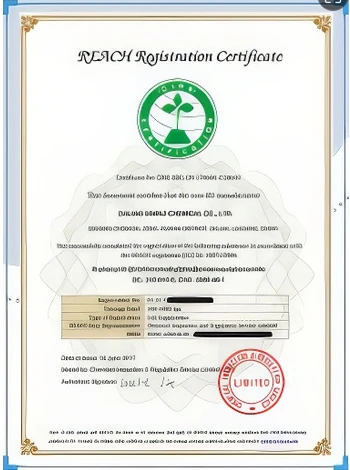



oxidised lead
Oxidized Lead Properties, Applications, and Environmental Concerns
Oxidized lead, commonly known as lead oxide, refers to various compounds formed when lead (Pb) reacts with oxygen. The most widespread forms of lead oxide are lead(II) oxide (PbO), lead(II, IV) oxide (Pb3O4), and lead(II) oxide, also known as litharge. This article delves into the properties, applications, and environmental concerns associated with oxidized lead.
Properties of Lead Oxide
Lead oxides possess unique physical and chemical properties that make them valuable in various industrial processes. Lead(II) oxide, for instance, is a yellowish powder that is soluble in acids but insoluble in water. Its main crystalline form is tetragonal, which contrasts with the alpha form of lead oxide, known as litharge, that appears as a red powder and is more stable at higher temperatures.
Lead(II, IV) oxide, or red lead, is another important oxide of lead, characterized by its bright red color and is primarily used in ceramics, glass, and as a pigment in paints. Both forms of lead oxide are excellent semiconductors and display interesting electrical properties, making them suitable for electronic applications.
Applications of Lead Oxide
Lead oxides have numerous applications across several industries. One of the most significant uses of lead oxide is in the production of lead-acid batteries. In this context, lead dioxide (PbO2), another form of oxidized lead, serves as the positive plate in the battery, playing a crucial role in the electrochemical reactions that generate electrical energy.
oxidised lead

Additionally, lead oxides are used extensively in the glass and ceramics industries. Lead glass, known for its high refractive index and brilliance, is produced using lead oxide, resulting in glassware that is both aesthetically pleasing and functional. In ceramics, lead oxides contribute to the glossy finish of the products and enhance their thermal and mechanical properties.
Furthermore, lead oxides serve as stabilizers in PVC, providing resistance to degradation caused by exposure to heat and light. This makes them vital in the production of various plastic products used in construction, electrical insulation, and packaging.
Environmental Concerns
Despite their useful applications, lead oxides present significant environmental and health concerns. Lead is a toxic metal, and exposure to high levels can lead to serious health issues, including neurological damage, particularly in children. Consequently, the use of lead and its oxides has come under scrutiny, and many regulatory measures have been implemented worldwide.
Lead-containing products, especially in paint and plumbing, have been phased out in many countries due to health risks. Moreover, industries that handle oxidized lead must adhere to strict safety standards to minimize worker exposure and environmental contamination. The management of lead waste, particularly from battery production and recycling, also poses significant challenges. Improper disposal can lead to soil and water contamination, affecting ecosystems and human health.
Conclusion
While oxidized lead plays a crucial role in various industries, balancing its benefits with environmental and health concerns is vital. Advanced recycling technologies and safer alternatives are being developed to reduce the reliance on lead. The future of lead oxide use will depend not only on its inherent properties and applications but also on our ability to mitigate its associated risks. As the global community continues to emphasize sustainable practices, industries must adapt to ensure that the use of oxidized lead does not compromise environmental integrity or public health.
-
Why Sodium Persulfate Is Everywhere NowNewsJul.07,2025
-
Why Polyacrylamide Is in High DemandNewsJul.07,2025
-
Understanding Paint Chemicals and Their ApplicationsNewsJul.07,2025
-
Smart Use Of Mining ChemicalsNewsJul.07,2025
-
Practical Uses of Potassium MonopersulfateNewsJul.07,2025
-
Agrochemicals In Real FarmingNewsJul.07,2025
-
Sodium Chlorite Hot UsesNewsJul.01,2025










